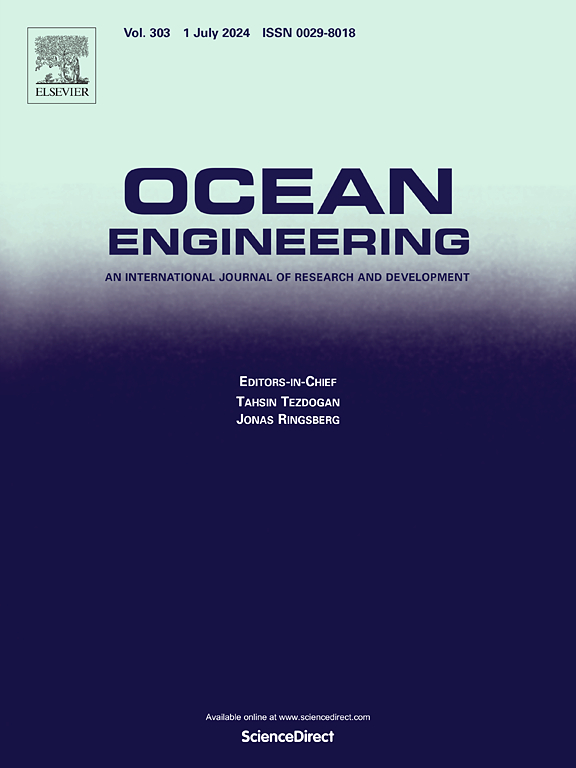考虑侵彻率影响的桩身自重侵彻预测分析方法
IF 5.5
2区 工程技术
Q1 ENGINEERING, CIVIL
引用次数: 0
摘要
随着海上桩基直径和重量的增加,发生不可控和不安全侵彻事件(桩冲)的风险也在增加。评估这种风险的传统方法依赖于静阻力(SRD)公式,将SRD等同于桩的有效重量。然而,在非控制桩侵彻过程中,高侵彻速度会导致土体响应与静力条件大不相同,特别是在桩周孔压耗散方面。考虑到这一点,本文提出了一个分析模型来确定何时可能发生非控制渗透及其程度。该模型将新型SRD公式与钻速效应模型结合在一起,这两种模型均来自锥形贯入试验(CPT)的测量结果。然后,使用不同密度和强度的粘土和沙子的自重穿透事件数据库,将模型的预测与行业标准方法进行基准测试。预测的自重穿透量与全范围土壤条件下的现场观测结果比较好,并且与标准预测方法相比具有更好的性能。此外,研究结果强调了土体体积特性在剪切过程中的关键作用,未来的研究应阐明快速侵彻对桩身和桩基阻力的影响。本文章由计算机程序翻译,如有差异,请以英文原文为准。
Analytical approach to predicting pile self-weight penetration, considering penetration rate effects
As offshore pile foundations increase in diameter and weight, the risk of uncontrolled and unsafe penetration events (pile run) also increases. Traditional approaches to evaluating this risk rely on static resistance to driving (SRD) formulations, equating the SRD to the effective weight of the pile. However, high penetration speeds during uncontrolled pile penetration can lead to a soil response much different to static conditions, particularly with regards to pore pressure dissipation around the pile. With this in mind, the paper proposes an analytical model for determining when uncontrolled penetration may occur and its extent. The model integrates novel SRD formulations with a penetration rate effect model, both of which are derived from cone penetration test (CPT) measurements. The model's predictions were then benchmarked against industry-standard methods using a database of self-weight penetration events in clays and sands of varying densities and strengths. The predicted self-weight penetrations compared well with field observations across the full range of soil conditions and gave a better performance compared to standard prediction methods. Furthermore, the results emphasise the critical role of soil volumetric behaviour during shearing and future research should clarify the influence of rapid penetration on the pile's shaft and base resistance.
求助全文
通过发布文献求助,成功后即可免费获取论文全文。
去求助
来源期刊

Ocean Engineering
工程技术-工程:大洋
CiteScore
7.30
自引率
34.00%
发文量
2379
审稿时长
8.1 months
期刊介绍:
Ocean Engineering provides a medium for the publication of original research and development work in the field of ocean engineering. Ocean Engineering seeks papers in the following topics.
 求助内容:
求助内容: 应助结果提醒方式:
应助结果提醒方式:


